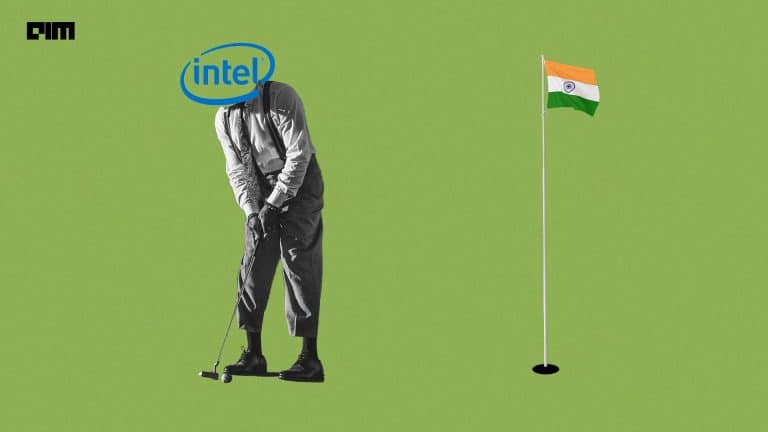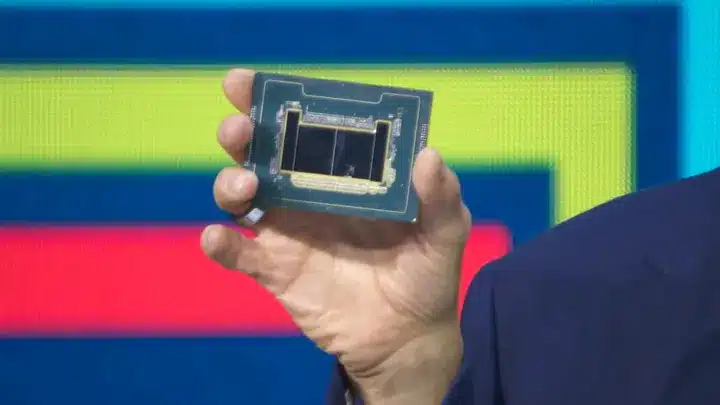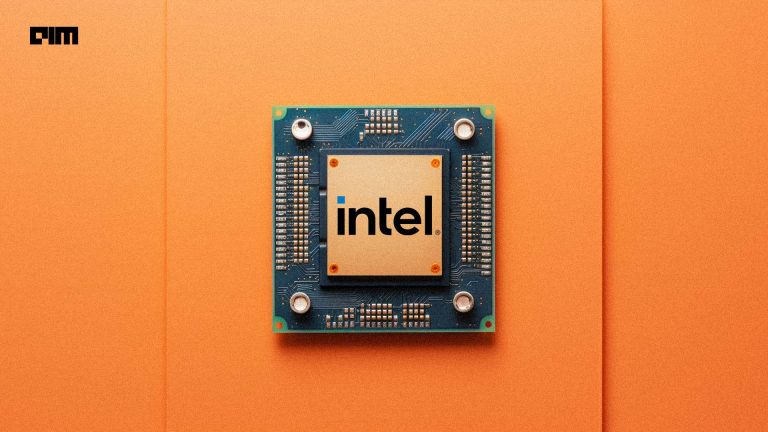 After having read about what a raspberry pie is and how it differs from its competitor Arduino, let’s explore few more names that can act as a replacement for Raspberry Pi. Having said that, many might wonder why? Why do we need to go with anything else than R Pi and R Pi 2, which has largely revolutionized the concept of single board computers and has swooped the hearts of both amateurs and ingenious alike?
After having read about what a raspberry pie is and how it differs from its competitor Arduino, let’s explore few more names that can act as a replacement for Raspberry Pi. Having said that, many might wonder why? Why do we need to go with anything else than R Pi and R Pi 2, which has largely revolutionized the concept of single board computers and has swooped the hearts of both amateurs and ingenious alike?
Well, despite Raspberry possessing everything you might expect from a single-board computer, there might be certain things going amiss. For instance, a few of early models do not have Ethernet ports, making it difficult to plug them into an internet connection. At other instances, there might be boards that offer more power than a R Pi, or one with a faster processor, more RAM, or has larger number of connectors. With a wide range of features, we bring to you 10 replacements of Raspberry Pi (listed in alphabetical order) and we leave it to you to ponder, which one you find the best!
1. Banana Pi:
Available in various variants such as BPI-M64, BPI-M3, BPI-M2+ and more, Banana Pi has many features with close resemblance to Raspberry Pi. A product of Shenzhen Sinovoip Co. Ltd., it is compatible with Raspberry Pi boards and can also run NetBSD, Ubuntu, Android, Debian and more.
It sports features like 1GB RAM, HDMI port, 1 GHz quad-core processor, Ethernet port, SATA port, USB ports etc. The point where it wins over Raspberry Pi is its ability to add hard drive to your board. This and the versatility that the board offers, makes it a favourite amongst the buyers, despite it not being as cheap as compared to others.
2. BeagleBone Black:
An open source equivalent of the Raspberry Pi, this computer board is brought to you by a US-based non-profit corporation, the BeagleBoard.org Foundation. It lets you explore the high performance with low power and affordable cost.
It offers you workhorse 1GHz AM335x ARM® Cortex-A8 processor, 512MB of RAM, 4GB of on-board storage, expanded peripherals, 3D graphics accelerator. What more can you ask for when it can also boot Linux in under 10 seconds and gets you started on development in less than 5 minutes.
Running on Android, Ubuntu and Debian, it can act as robot controller, task automator, and has a huge repository of projects along with images and instructions. Its on-board storage gives it a high rank above Raspberry Pi which needs an SD card for storing data. Its can be availed at at a price of $55.
3. HummingBoard:
These are small and powerful, low-cost ARM computers, brought to you by SolidRun. Though it costs a few dollars more than Raspberry Pi, it offers more power with a 1GHz ARMv7 processor and is scalable to dual core. R Pi on the other hand has 700MHz ARMv6 processor. That’s not all, its quad-core processor, four times the memory of the R Pi, integrated wifi and Bluetooth connectivity, makes it a reasonable replacement of Raspberry Pi.
Offering the most innovative, dense and flexible IoT platforms, HummingBoard serves as a good option for media streaming, robotics, consumer electronics and even as a PC.
4. Intel Galileo Gen 2:
A microcontroller board based on the Intel® Quark™ SoC X1000 application processor, it is a 32-bit Intel® Pentium® brand system on a chip. It is both hardware and software pin-compatible, and is the based board based on Intel® architecture to be so.
It can run Microsoft Windows, Mac OS, and Linux host operating systems. In addition to its compatibility to Arduino hardware and software, the Intel Galileo Gen 2 board has several industry standard I/O ports, 100Mb Ethernet port, Micro-SD slot, 6-pin 3.3V USB TTL UART header, USB host port, USB client port, and 8 Mbyte NOR Flash.
5. MinnowBoard MAX:
MinnowBoard MAX, which came as a replacement of the original MinnowBoard, has an upgraded 64-bit Intel®Atom™ E3800 (Bay Trail-I) processor. It supports operating systems Linux, Windows and Android and offers revised I/O along with better graphics.
Available in two variants for $140 and $100, both the versions have 1.33 GHz dual-core processor, Intel graphics with HDMI, a microSD port, two USB ports, a SATA2 hard drive connection, and an ethernet connection. The only difference is in the RAM in the two versions.
6. NanoPC-T1:
Offered by Chinese tech start-up, NanoPC, this credit card sized computer can plug into your TV and a keyboard just lie R Pi. A low cost microcomputer, NanoPC-T1 has a 1.5 GHz Samsung quad-core processor, 1GB of RAM along with 8GB of onboard storage, HDMI and audio ports, three USB ports, an ethernet port, an SD card slot. With a support for Linux and Android, it can handle a wide range of projects.
The additional feature of NanoPC-T1 is that it can support LCD touchscreen with an adapter board and has a high-definition camera- opening a door to lot of opportunities.
7. ODROID-C1+:
For its incredible performance at a very low price, ODROID-C1+ is touted to be the most powerful single board computer available today. It possesses a huge versatility as it can run Ubuntu, Android, Fedora, ARCHLinux, Debian, and OpenELEC. That’s not all, it offers you 1.5 GHz quad-core processor, a Mali GPU, 1GB of RAM, ethernet port, 5 USB ports, a microSD card slot, an HDMI port and an IR receiver.
Web browsing, gaming, setting as a theatre set top box, socializing, are some of the things that it can do. With a number of I/O pins and compatibility with ODROID’s HiFi board, makes a better than any of its counterparts.
8. pcDuino4 Set-Top Box:
This substitute of Raspberry Pi is a high performance, cost effective Android set top box which is powered by a 1.6 GHz quad-core processor. Additionally, it provides, 1 GB of RAM, 8 GB of on-board storage, Mali GPU, wifi module. Its ability to display HD and 4K video through its HDMI port, does justice to its name.
It not only lets you interface with your media and TV, pcDuino4 also comes with a remote to control your media, that you can use with IR receiver.
9. Radxa Rock:
That little bit of extra power is what Radxa Rock can offer you. With a quad-core processor, 2 GB or 4 GB of RAM, 16 GB or 32 GB of solid-state storage, Bluetooth 4.0, HDMI port, Ethernet port, headphone port, IR receiver, SD card port and more, it rightfully proves itself to be a better candidate than Raspberry Pi. It can run on Android and Linux.
Radxa Rock2 is a series of the second generation Single Board Computer from Radxa and uses modular design to ensure flexibility and cost saving to its users.
10. UDOO Dual Basic:
A single-board computer with an integrated Arduino 2 compatible microcontroller, it can run either Android or Linux. It has more processing hardware than Raspberry Pi as it offers a choice of both dual core or quad core to be selected from.
Some of its take away are 1 GHz processor, 1 GB of RAM, 2D and 3D graphics accelerators, two USB-A ports, HDMI output, two micro-USB ports,, an on-board micro SD card reader, and audio and mic ports.
Conclusion:
Though we have listed here 10 replacements, they are not limited to just these. There are various other names in the market that are doing equally well for themselves such as ODROID-XU4, PandaBoard, Cubieboard4, Odroid-U3, Cotton Candy which are quite popular as microcomputers. Well, the most overlooked yet consistently used microcomputer is our own smartphone- which is growing to be as powerful at performing the functions you would expect a computer to do!

















































































